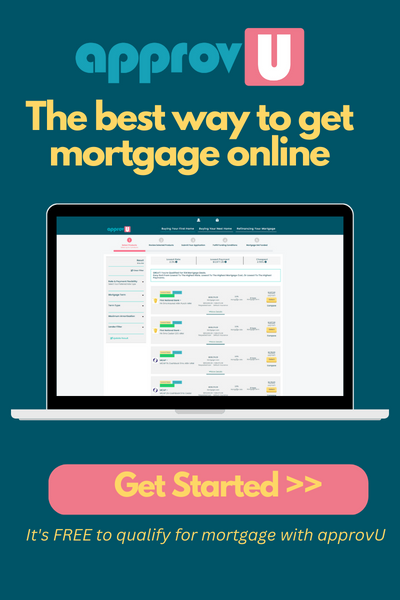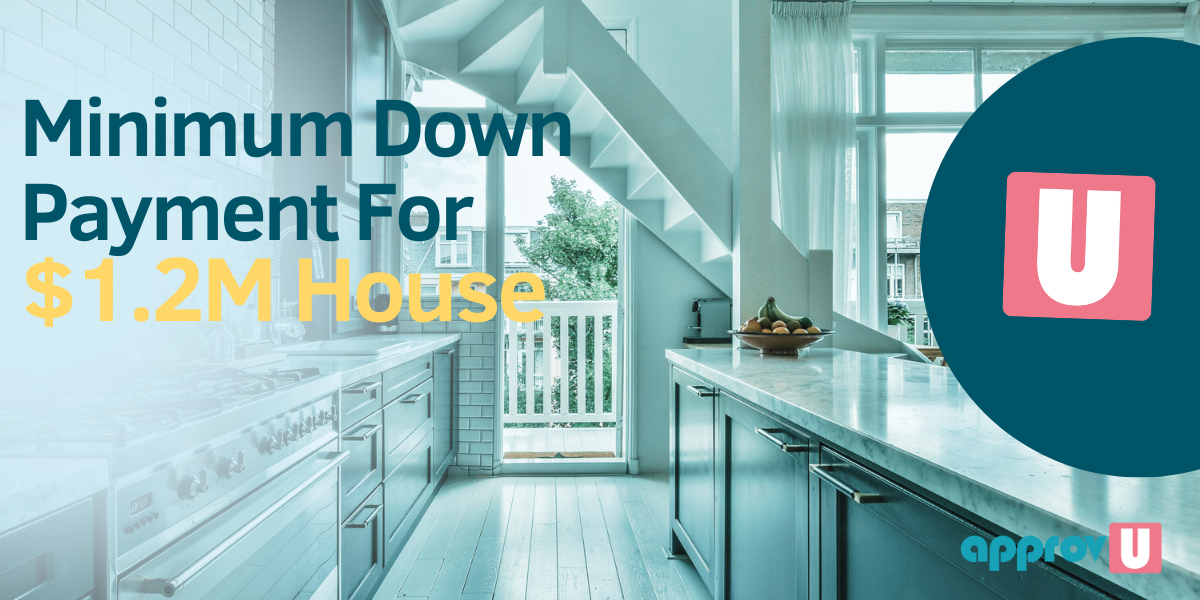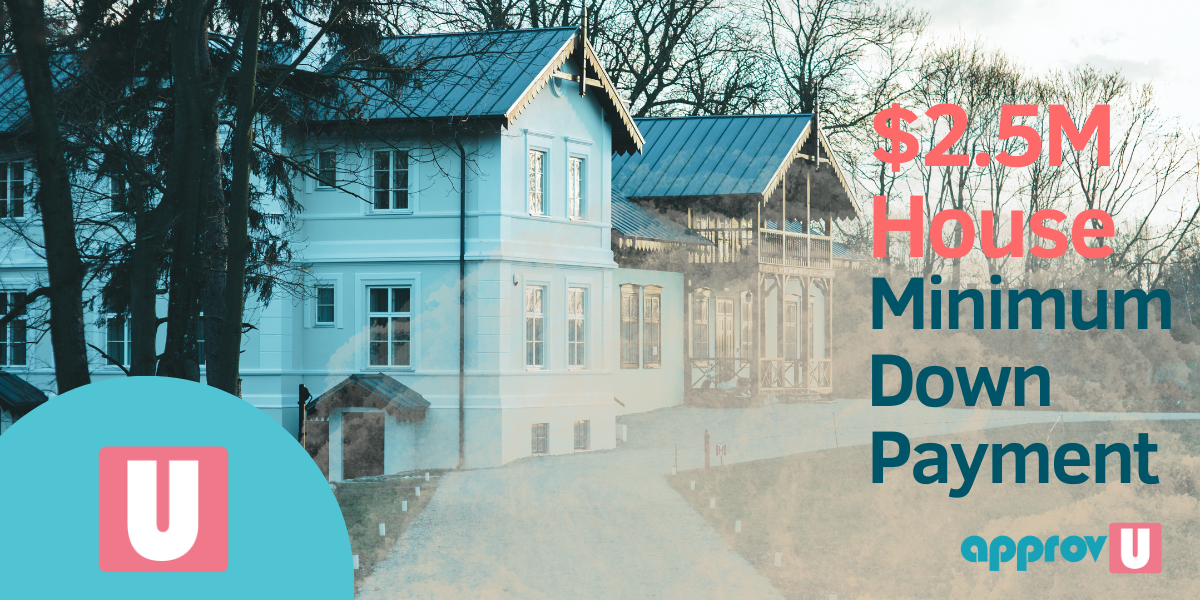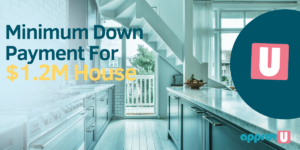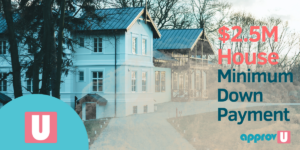Embarking on the journey to homeownership can be both exciting and daunting, especially for self-employed individuals.
Navigating the mortgage qualification process can often feel like a complex puzzle, with income verification being one of the most crucial pieces.
That’s why we’ve created the “Ultimate Guide to Mortgage Qualification for Self-Employed: Tips & Strategies for Income Verification.”
This comprehensive resource is designed to simplify the process and provide you with valuable insights to help you secure the mortgage you need.
From understanding self-employed borrowers’ unique challenges to exploring various income verification methods, our guide will equip you with the knowledge and strategies necessary for a successful mortgage application.
Let’s get started on your path to homeownership!
Self-Employed Mortgage Rules in Canada
For a mortgage, mortgage lenders generally prefer self-employed individuals who have been operating their business for at least two years.
As an individual applying for a mortgage loan, it’s important to understand that lenders often require a minimum of two years of business operation.
This allows lenders to assess the consistency of your business’s income-generating power and the strength of its relationships with suppliers and customers.
Lenders want to be confident that your business can make enough money to pay back the mortgage on time.
Nevertheless, some lenders could be more lenient towards borrowers who have been running their business for less than two years but have prior experience in the same line of work or industry.
For instance, if you worked as a plumber for three years before starting your plumbing business, the lender may consider your prior work experience favourably, even if you haven’t been self-employed for long.
Keep in mind that these guidelines are general, and individual lenders may have their specific requirements.
Validating Income Sources for Self-Employed Mortgages
Ensuring your business is in good standing and well-documented will help instill confidence in potential lenders, increasing the likelihood of securing a self-employed mortgage.
As a self-employed applicant, it’s crucial to demonstrate to lenders that your income is legitimate and sustainable.
Lenders will scrutinize your income sources to determine if they will likely be maintained or increase over time.
They need to be confident that your business is financially healthy and capable of generating consistent income in the long term.
Lenders may request documents like tax returns, financial statements, and business bank account records to validate your income sources.
They will review your business’s profitability, industry trends, and market conditions to gauge the sustainability of your earnings.
Having a solid business plan, good credit history and a positive financial track record can significantly boost your chances of obtaining a mortgage as a self-employed individual.
The Stability of Your Business Income for Mortgage Approval
When you apply for a mortgage, lenders will review your income stability over the length of your requested mortgage contract.
They look at trends in your industry to assess your income stability.
Even though COVID was an exceptional circumstance, banks have information that helps them understand your industry and market.
This information is crucial in their decision to approve or decline your mortgage application.
If your business operates in a declining industry, lenders might see this as a red flag that your future income could decrease, and vice versa.
To improve your chances of securing a favourable mortgage, it can be helpful to demonstrate how your business is adapting to industry challenges, expanding into new markets, or diversifying its revenue streams.
Showcasing your proactive approach and business resilience can alleviate some of the concerns lenders might have about the stability of your income.
Acceptable Income Types For Self-Employed Mortgages
There are various ways you can run your business, such as part-time, full-time, or seasonal.
For example, freelancing could be a part-time gig, while owning and operating a business could be a full-time job. Roofing or snow removal, on the other hand, could be seasonal work.
Now, let’s look at what mortgage lenders want to see for these business operations when qualifying for a mortgage based on your income.
Fully Employed by Your Business
When you’re fully employed in your business, it means that your business is your primary source of income for mortgage qualification.
Your business can be structured as a sole proprietorship, partnership, or corporation.
To qualify for a mortgage, the lender will need you to provide registration documents to confirm your business’s identity and documents to show its income-generating potential.
Depending on the type of documents you provide for income validation, your income will be classified as either fully verifiable or non-verifiable. We’ll explore these two classifications in more detail below.
Employed and Operating a Side Business
You can combine the income from your full-time job and your side business (if you can prove it).
You will be able to leverage the stability of your salaried job and the additional earnings from your side business to strengthen your mortgage application.
For instance, if you work in a salaried position and drive for Uber, you can include both income sources in your application.
Your salaried income is your employment income, while your earnings from Uber driving would be your self-employed income.
Seasonal Industry
If you operate a business in a seasonal industry, you can still utilize income from sources like Employment Insurance (EI) to support your mortgage application.
You’ll have to provide the lender with a well-documented history of receiving EI during the off-season periods.
In addition to your EI documentation, it’s essential to maintain accurate records of your business earnings during the active season.
This comprehensive view of your financial situation can help lenders better assess your ability to manage mortgage repayments despite the seasonal nature of your business.
Self-Employed Mortgage Qualification
Mortgage lenders use two primary approaches to validate self-employment income for mortgage loan qualification: Fully-verifiable and non-verifiable (stated) income approaches.
Fully-Verifiable Self-Employed Income
Fully verifiable income is validated with the most recent two years’ notice of assessment statements (NOA) and T1 General statements.
This income type is perceived to have the same risk level as employed income, making you eligible for the same mortgage options, rates, and discounts offered to borrowers with full-time employment.
The supporting documentation lenders may require to validate your income under the fully-verifiable income confirmation approach includes
Documentation for Fully-Verifiable Self-Employed Mortgage Income
- the most recent two years of T1 Generals and the accompanying notice of assessment
- Statement of Business or Professional Activities (T2125), accompanied by the NOA
- Business registration documents: articles of incorporation, business license, and other professional licensing required documentation
- GST/HST registration and proof of GST/HST owning
- The business number provided by CRA
- Accountant-prepared financial statements of the business
Non-Verifiable Self-Employed Income.
For self-employed people who can’t provide regular income tax documents like a Notice of Assessment and T1 General statements, there’s a different approach called non-verifiable income.
Instead, lenders will use other sources of information, such as business bank statements, contracts, and invoices, to figure out how much money your business is making.
However, this method could be riskier and impact the mortgage terms and interest rates lenders offer you.
But for self-employed individuals who can’t provide the usual income documents, non-verifiable income can be a useful option.
Documents for Non-Verifiable or Stated Mortgage Income
- At least the past six months of business bank statements
- Business registration
- A few copies of your business invoices to confirm business deposits
- A few copies of your issued receipts to confirm some of your business expenses
- Completed and signed self-income declaration letter (Income declaration is a mini income statement stating how much your business generates in a year, annual costs deducted, and net income.)
- GST/HST registration and proof of GST/HST owning
Downsides of Stated Income for Mortgage
Using the stated income approach for your self-employed mortgage qualification may be easier on the paperwork, but it could also hold you back from getting the home you want. Here are some of the downsides to keep in mind.
- The income used for your mortgage approval might be lower than what you know your business can generate. Lenders find it challenging to accurately determine how much your business generates from only six months’ worth of business bank statements.
- If you use the stated income approach for self-employed mortgage qualification, you may have limited options for mortgage lenders. Major banks may not offer you their mortgage loan products and rates. That leaves you with only alternative mortgage lenders.
- Going with alternative mortgage lending can be quite costly. You might have to pay high-interest rates, get appraisals done at a cost, and cover lender fees – all of which can add up quickly.
Minimum Mortgage Requirements for Verifiable and Non-Verifiable Business Incomes
The table below outlines the minimum mortgage qualification requirements for both fully-verifiable and non-fully-verifiable business incomes.
It highlights the key differences between the two approaches to help you better understand your options.
Difference Between Fully-Verifiable & Non-Verifiable Business For Self (BFS) Minimum Qualification Requirements:
| Fully-Verifiable | Non-Verifiable | |
| Mortgage Classification | Prime or Alternative | Alternative |
| Minimum Credit Score | 620 | 500 |
| Minimum Down Payment | Prime Down Payment rule:Owner-occupied and Secondary house: 5% for the first $500K, 10% above $500K, 20% for $1M and over: Rental Property 20% of property Value. Refinance Mortgage 20% of property value | 20% of property value. |
| Min Income docs required | NOA, T1 Gen | Bank statements |
As shown in the table, the fully-verifiable income approach offers more flexibility in terms of mortgage classification and minimum credit score requirements.
Additionally, the down payment rules for fully-verifiable income align with the prime down payment rule. In contrast, the non-verifiable income approach typically requires a 20% down payment of the property value.
The primary difference in income documentation is that fully-verifiable income requires NOA and T1 General statements, while non-verifiable income relies on bank statements.
You Can Make It Easy
In conclusion, navigating the mortgage qualification process as self-employed can be challenging but far from impossible.
Understanding the differences between fully-verifiable and non-verifiable income approaches and their advantages and drawbacks is crucial to finding the best mortgage option for your unique financial situation.
Keep in mind that your income type, industry stability, and the available documentation will all play a role in determining your eligibility for a mortgage.
By maintaining accurate records, demonstrating income stability, and proactively addressing potential concerns, you can increase your chances of securing a mortgage that suits your needs.
Consider chatting using approvU to get completion of the mortgages you are most likely to qualify for with your income type. It can also be a good step to get pre-approved for the mortgage.
They can help you determine which option is best for you and guide you through the process.



